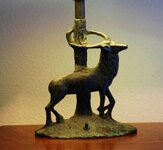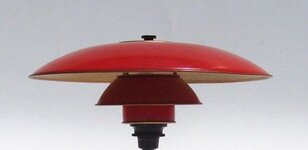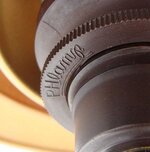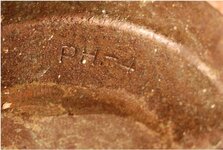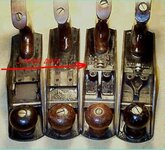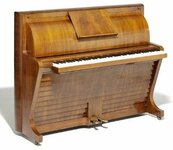ipsilateral
Sr. Member
Anyone know a site or method to search patents from a particular day when no patent number is present?
I have a lamp here and I am trying to identify it. The lamp says, "MADE IN GERMANY", "US PAT, MAY 6TH 1930". I have identified the glass itself as having come from the Kokomo Opalescent Glass factory in Indiana-- "America's oldest art glass factory". A representative at Kokomo wrote me this:
"What an outstanding lamp! Well, they sent you to the right place. The glass is our color number #99 which is still in production today. Our resident expert on glass colors suggests that you check with the US Patten office for more information about the lamp, maker, and patten information. The shade is a very good match to the base and may or may not have come together. If you need a piece to replace something with, just let me know. Also, would love to use the photo on our website if you are agreeable."
I have a lamp here and I am trying to identify it. The lamp says, "MADE IN GERMANY", "US PAT, MAY 6TH 1930". I have identified the glass itself as having come from the Kokomo Opalescent Glass factory in Indiana-- "America's oldest art glass factory". A representative at Kokomo wrote me this:
"What an outstanding lamp! Well, they sent you to the right place. The glass is our color number #99 which is still in production today. Our resident expert on glass colors suggests that you check with the US Patten office for more information about the lamp, maker, and patten information. The shade is a very good match to the base and may or may not have come together. If you need a piece to replace something with, just let me know. Also, would love to use the photo on our website if you are agreeable."


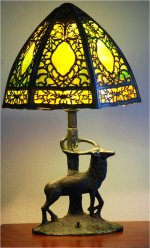





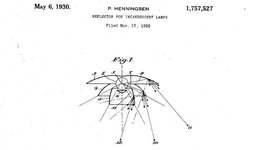

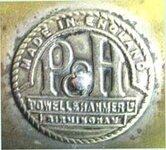
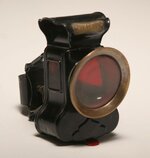
 Maybe you have me on ignore.
Maybe you have me on ignore. 
